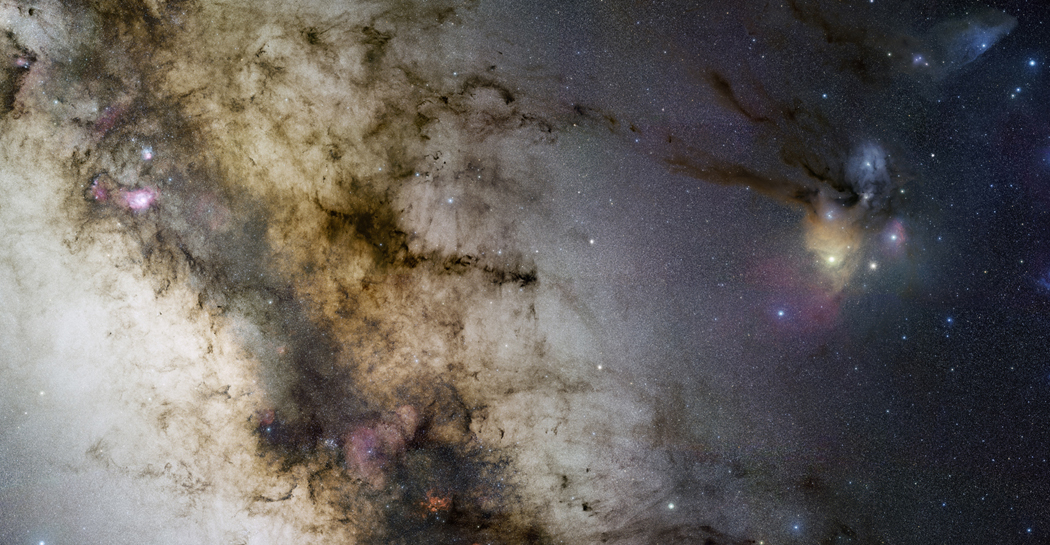Online museum
Special appointments to visit the museum from home and learn more about its history and heritage. These are virtual tours and video stories accompanied by audio and images to tell the story of the museum and its masterpieces.

Special appointments to visit the museum from home and learn more about its history and heritage. These are virtual tours and video stories accompanied by audio and images to tell the story of the museum and its masterpieces.
